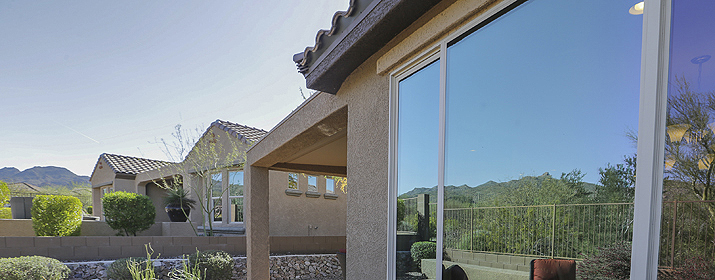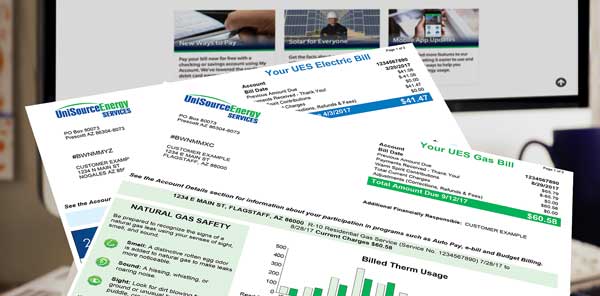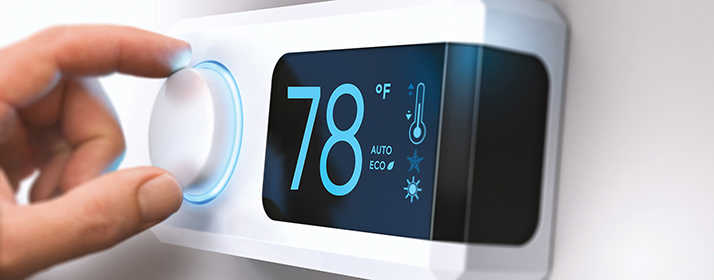
Installing energy efficient windows can have a big impact on your energy costs. Because up to 30 percent of the energy used to heat and cool the average home is wasted due to air leaks, upgrading your windows can be a very good investment.
New windows can be pricey, but buying the best you can afford can pay long-term dividends. If you’re building a new home, consider upgrading to higher performance windows and cutting back elsewhere on your building budget.
Before you go window shopping, it’s best to do your homework. There are many models and styles to choose from. Understanding performance factors like low-emissivity (low-E), U-factors and climate zone ratings will help you choose the right windows for your home.
Windows with the ENERGY STAR® rating deliver the best performance. Use ENERGY STAR window specifications to help you compare brands and models.
ENERGY STAR®-qualified windows have:
- A well-insulated and durable frame.
- Multiple panes of insulated glass separated by air- or gas-filled gaps.
- At least one layer of low-E coating on the glass that reflects or rejects light and heat. Some of the newest windows have several coatings of reflective materials (low-E2 and E3) for maximum rejection of heat.
How well the glass rejects heat is measured by its U-factor.
“For sunny and very warm climates – like Phoenix and Tucson – look for the lowest U-factor number for the greatest heat rejection,” says UniSource Energy Services’ Technical Specialist Gabriel Esquibel. “In cooler climates, such as Flagstaff and Page, select a window with a higher U-factor that will absorb or retain heat to keep your home warmer.”
The U.S. Department of Energy has assigned U-factor ranges appropriate for each of the four climate zones nationwide. Arizona is the only state in the nation to have all four climate zones within its borders due to the wide variance in climates here.
Be sure to choose windows that are right for your climate zone, which is usually marked on the window’s label.
The style of window you choose also can improve energy efficiency. Hinged casement or crank windows have an edge over horizontal or single hung slider windows. “Slider windows are a popular choice, but they’re not as efficient as the hinged or crank styles, which have tight compression seals to prevent air leaks,” Esquibel says.
If you have a limited budget, Esquibel suggests swapping out the old windows on the south and west sides of your home and the remainder as you’re able. You can also fortify your existing windows by applying caulking, weather stripping and one of many different types of films that keep sunlight and heat out.
Although new energy efficient windows are a big investment, they will pay for themselves over time in energy savings. They’ll also make your home quieter and more comfortable while increasing its value when it’s time to sell.






